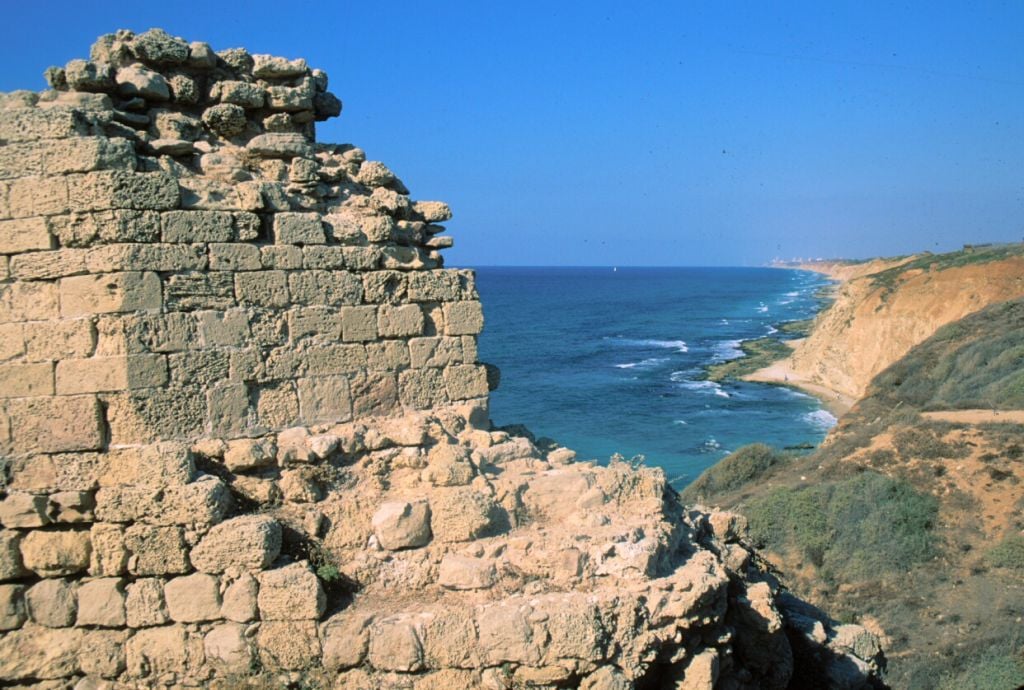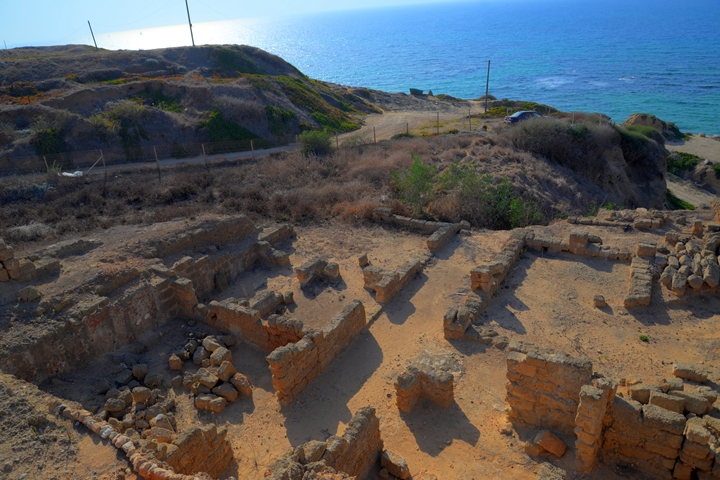Perched on the rocky edge of Bulgaria’s Black Sea coast, Sozopol blends the charm of a Mediterranean fishing village with the mystery of a lost Greek colony. More than just a beach resort, this “mini-Greece” hides a wealth of history beneath its cobblestones—and just offshore, a sunken archaeological treasure trove is waiting to be rediscovered.
A harbour of myths and memory
Sozopol’s old town rises like a sea bird’s nest from the peninsula—an interwoven mass of stone, timber, and salt-streaked walls. The weathered cliffs, the maze of alleys, and the wraparound sea walls give the place a fortified, timeless feel. But it is not an isolated fortress. Facing west, Sozopol opens to the sea, welcoming sailors to one of the safest harbours along this once-perilous stretch of the Black Sea.
This embrace of the sea is nothing new. More than 2,500 years ago, seafaring Greeks were drawn to these shores by the same natural harbour. Back then, it was called Apollonia Pontica, named for Apollo, god of the sun and patron of seafarers. The name was no mere formality—Apollonia once housed a colossal bronze statue of the god, 13 metres tall and second in size only to the Colossus of Rhodes. For ancient travellers, this was a landmark, a beacon, and a symbol of wealth and protection.

“It’s the first safe harbour between the Bosphorus and the Balkan Mountains,” explains Nayden Prahov, director of Sozopol’s Centre for Underwater Archaeology, as he guides me aboard his dive boat, the Hristina. “This area is dangerous for sailors. But once you passed the narrow entrance, you were safe.”
Beneath the waves, an ancient city
The island of St Kirik, visible just offshore, now houses an archaeological base—but the real treasures lie below. Centuries of maritime activity have formed a thick, stratified underwater layer of pottery shards, amphorae, and artifacts. What was once rubbish is now invaluable historical evidence.
Founded by Greek settlers from Miletus in 610 BC, Apollonia Pontica was among the earliest colonies on the Black Sea. These Greek city-states helped transform the sea’s reputation. Once called Pontos Axeinos, or “inhospitable sea,” the Black Sea became known as Pontos Euxeinos, or “hospitable sea,” thanks in part to safe harbours like this one.

The city was not built on empty land. The Greeks encountered and traded with the Thracians, a well-established people native to the region. The economic relationship flourished. Grain, copper ore, and timber flowed out of the region; olive oil, wine, and luxury goods flowed in. Even today, archaeologists have unearthed items like glass perfume bottles with their original scent preserved inside—whispers of a cosmopolitan society lost to time.
The Greek spirit, still alive
Stroll the cobbled streets of Sozopol’s old town and the legacy of its Greek founders isn’t just visible—it’s palpable. Stone houses with timber-framed upper floors lean into the narrow lanes. Fishing nets dry in the sun beside whitewashed churches and buzzing tavernas.
The local cuisine remains a vibrant fusion of Balkan and Greek flavours: mussels with garlic and wine, grilled sardines, taramasalata, and saganaki. The ubiquitous “Greek salad” is served here with pride, not as a novelty but as a living tradition. Until the early 20th century, Sozopol remained largely Greek-speaking. That changed during the region’s turbulent years of population exchange, when most ethnic Greeks left for Greece. But not all of them.
“We are all proud of our lineage. It’s what unites us, that we are from ancient Apollonia,” says Aspasia Porozhanova, whom I meet at sunset outside the local Fishermen’s Association. Her family, like a handful of others, has remained in Sozopol across generations, carrying on names, traditions, and even a unique dialect of Greek nearly lost to time.
Porozhanova’s own name is a nod to history. “I’m named after my grandmother, and she was named after hers,” she says. “My granddaughter is named after me.” She grins as she and a friend share a few phrases in the rare Sozopolitan dialect—Greek, but not quite.
A taste of identity, passed down in pastry
As the evening deepens and ouzo glasses are drained, Porozhanova brings out a tray of damga—a deep-fried cake known only to the old town. The recipe, she says with a wink, is a well-kept secret, passed down in families like names and dialects.
Golden and crisp on the outside, soft and fragrant within, the damga is more than dessert. It’s a symbol of Sozopol’s blend of past and present, foreign and local. Like the town itself, it cannot be found elsewhere. It must be experienced here, between sea and stone, in a city where cultural memory is carried as much in taste as in language or legend.
The city of salvation, still watching the sea
Sozopol’s name today comes from the Greek Sozopolis, or “City of Salvation.” It’s an apt title, not only for its ancient reputation as a safe harbour, but for its modern identity as a place where history has not been paved over, but layered—sometimes literally—into every step.
Whether you’re diving into archaeological history with experts like Prahov, swapping stories and sweets with locals like Porozhanova, or simply watching the sunset from a waterfront taverna, Sozopol invites you to see not just a pretty town, but a living palimpsest of Mediterranean life.
It’s not just a destination. It’s a memory made visible—and one still unfolding with every tide.




